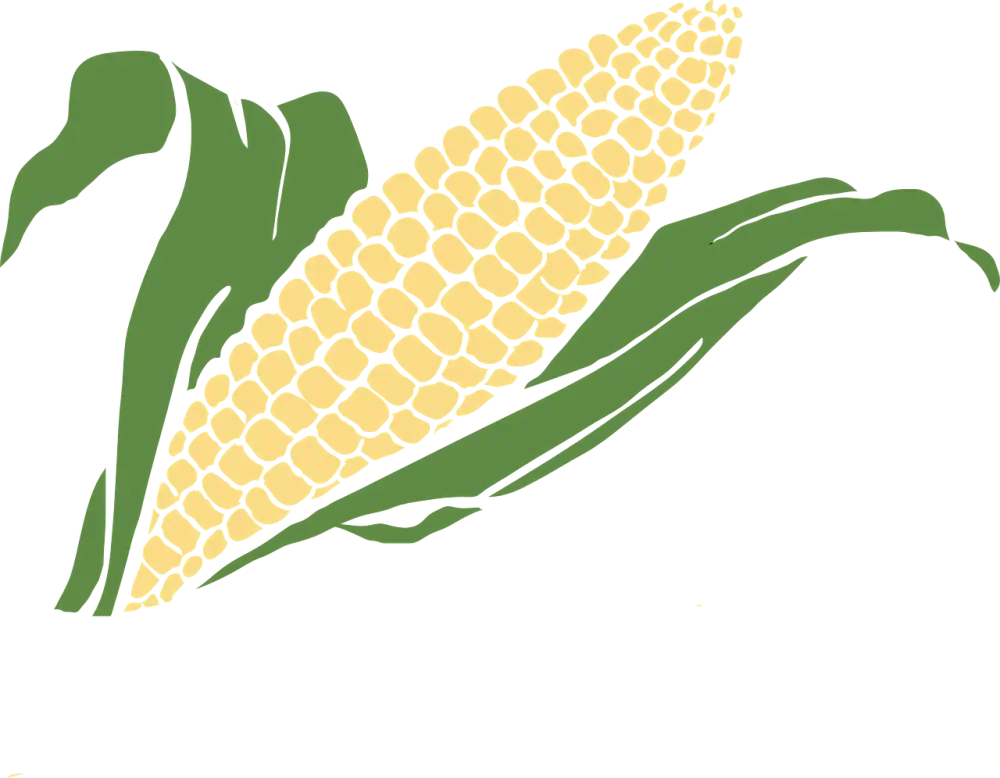Understanding Pica: The Risks and Effects of Eating Corn Starch for Your Health

- Understanding pica: definition and causes
- Exploring the nutritional content of corn starch
- Potential health risks associated with consuming corn starch
- Recognizing the signs and symptoms of pica
- Seeking medical advice and treatment options for pica
- Healthy alternatives to satisfy cravings for corn starch
Corn starch, a common ingredient used in cooking and baking, is not typically consumed on its own. However, there are individuals who have developed a peculiar craving for eating corn starch. This behavior is known as pica, a disorder characterized by the persistent consumption of non-nutritive substances. While pica can involve various substances such as dirt or ice, corn starch is one of the most commonly reported cravings. In this article, we will delve into the risks and effects of consuming corn starch for your health and explore healthier alternatives to satisfy these cravings.
Understanding pica: definition and causes
Pica is a disorder characterized by the persistent craving and consumption of non-food substances, such as corn starch. It is most commonly seen in children, pregnant women, and individuals with developmental disorders. The exact cause of pica is unknown, but it is believed to be related to nutritional deficiencies, mental health conditions, or sensory issues. It is important to recognize and address pica to ensure overall well-being and prevent potential health risks.
Exploring the nutritional content of corn starch
Corn starch is a popular ingredient used in various culinary creations. However, it is important to understand its nutritional content. Corn starch is primarily composed of carbohydrates, providing energy to the body. It is low in fat and protein, making it an inadequate source of these essential nutrients. Additionally, corn starch lacks vitamins and minerals that are crucial for overall health. Therefore, relying solely on corn starch for nutrition can lead to deficiencies and imbalances in the diet. It is essential to incorporate a variety of nutrient-rich foods into our meals to ensure optimal health and well-being.
Potential health risks associated with consuming corn starch
Consuming corn starch may pose potential health risks to individuals. One of the main concerns is the high calorie content, which can contribute to weight gain and obesity. Additionally, corn starch lacks essential nutrients such as vitamins, minerals, and fiber, leading to nutritional deficiencies. Excessive consumption of corn starch can also disrupt blood sugar levels, causing spikes and crashes that may lead to diabetes or other metabolic disorders. Furthermore, the presence of additives in some commercial corn starch products can increase the risk of allergic reactions or gastrointestinal issues. It is crucial to be aware of these risks and consider healthier alternatives for a balanced diet.
Recognizing the signs and symptoms of pica
Recognizing the signs and symptoms of pica is crucial for early intervention. Individuals with pica often have an intense craving for non-food items, including corn starch. Some common signs include persistent consumption of corn starch despite its non-nutritive value, a strong desire to eat non-food substances, and difficulty controlling the urge to consume these items. Other symptoms may include gastrointestinal issues, such as constipation or stomach pain, as well as nutritional deficiencies. If you or someone you know exhibits these signs, it is important to seek medical advice promptly.
Seeking medical advice and treatment options for pica
If you suspect that you or someone you know may have pica, it is crucial to seek medical advice as soon as possible. A healthcare professional can evaluate the symptoms and determine the underlying cause of the condition. Treatment options for pica may include therapy, counseling, and medication. Therapy can help address any underlying psychological issues contributing to pica, while counseling can provide support and guidance in managing cravings and finding healthier alternatives. Medication may be prescribed in certain cases to help reduce cravings and control the urge to eat non-food items. Remember, early intervention is key in addressing pica and promoting overall well-being.
Healthy alternatives to satisfy cravings for corn starch
When it comes to satisfying cravings for corn starch, it's important to find healthier alternatives that can provide similar textures and flavors. One option is to opt for whole grain snacks like popcorn or rice cakes, which can offer a crunchy sensation without the negative health effects. Another alternative is to incorporate more fiber-rich foods into your diet, such as fruits, vegetables, and whole grains. These options not only provide a satisfying crunch but also offer essential nutrients for overall well-being. Additionally, finding ways to manage stress and emotional eating can help reduce cravings for corn starch. By exploring these healthy alternatives, you can satisfy your cravings while promoting better health and addressing pica.
In conclusion, it is important to prioritize our overall well-being and address the issue of pica. While consuming corn starch may provide temporary satisfaction, it can have detrimental effects on our health. By understanding the causes and risks associated with pica, we can take steps to seek medical advice and explore healthier alternatives to satisfy cravings. Remember, a balanced diet and proper nutrition are essential for maintaining good health. Let's make informed choices and prioritize our well-being for a happier and healthier life.
Published: 22. 12. 2023
Category: Health



